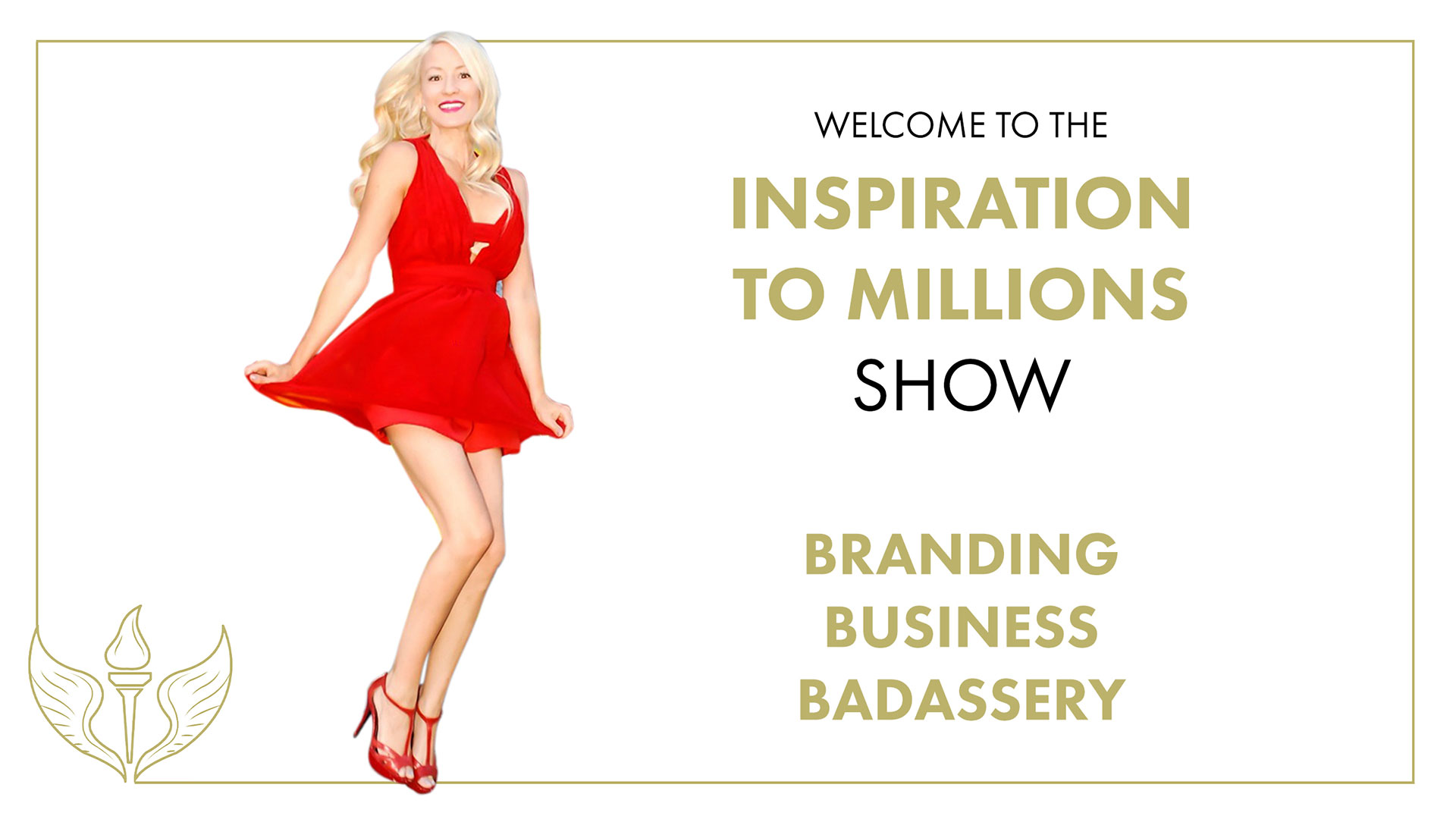Today we are answering the question: Why All New Brands Should Be Open to Sudden Change.
Okay, so did you know that YouTube was originally created to be a dating site where people were encouraged to upload videos of themselves describing their perfect partner? And this is funny, when YouTube launched, no one wanted to be amongst the first people to upload a public video of themselves describing their perfect partner. I mean, would you want to be? So in an attempt to break the ice, YouTube turned to Craigslist and offered women $20 to post a video. No one responded. So it’s no exaggeration to say that when YouTube was first created, they couldn’t even pay people to use their platform.
Imagine if the creators had been so rigidly attached to their original vision of YouTube becoming a popular dating site, that they just called it a bust and abandoned ship when their first strategy didn’t work.
Instead of giving up on their vision for creating their YouTube community, they kept their vision alive by changing their platform. They listened to their ideal audience, and they pivoted to give their ideal audience more of what they actually wanted.
When the creators of YouTube decided to open the platform up for posting videos about whatever people felt like posting with the slogan “Broadcast Yourself,” one of the founders kicked things off by uploading the very first YouTube video: an 18 second clip entitled Me At the Zoo, and about a year later YouTube was acquired by Google for $1.65B.
If the founders of YouTube had viewed their initial difficulties as total failure, and look— as a dating site, YouTube WAS a failed concept— they could have missed out on the opportunity of a lifetime.
Stories like this—about entrepreneurs needing to make huge shifts during development in order to keep their vision alive and in motion— they aren’t just common. They are more or less universal. For an entrepreneur, pivoting is a natural part of the process, and being aware of this aspect of entrepreneurship, and cultivating the mental and emotional agility to pivot has never been more culturally relevant to brand building than it is right now, in 2021.
Consumers Want Brands on the Frontlines—Being First Responders in Times of Difficulty.
A recent Edelman study released in June of 2021 revealed that 84% of consumers say they want brand advertising to focus on how brands help people cope with pandemic-related life challenges. Can you imagine how many brands in the world will need to pivot their entire message from whatever it was before the pandemic—to what people need it to be right now? And as the world continues to heal, and we start to put the pandemic further behind us, the primary needs of our brand communities will change again.
A great brand, at its essence, should feel like a great friend, a trusted ally, and a supportive believer in the greater future of everyone it comes in contact with—but what that basically means is that a great brand has heart. It has a human soul. And human beings are impacted by what is going on in the world around them. Human beings aren’t always happy. They aren’t always loud. They aren’t always joking. We respond to our environment in a way that reflects how our environment is impacting us. As the world around us changes, so do our emotional needs, and the decision to buy is emotional.
Even well-established rockstar brands must remain agile and open to change.
Apple almost completely fizzled out in the mid-90’s because they weren’t adapting fast enough to set themselves apart from other tech companies at the time, but then Steve Jobs came back onboard, and with his ingenuity and entrepreneurial spirit, reimagined Apple’s brand messaging and aesthetic, and now they are nearly untouchable.
Remember when Netflix was disrupting the movie rental industry with their mail-out dvd service? Imagine if Netflix had failed to pivot when digital media phased out DVD’s—the way Blockbuster video failed to pivot when Netflix phased out in-store rental services. Instead, Netflix went on to change the way we watch TV forever, and didn’t stop there. They started releasing their own original programming, like HBO—and now they are sitting on a pile of Emmy awards too.
Nike used to just be a running shoe company, and for the first several years in business, they only marketed to men.
Amazon started off as an online bookstore.
Google was first launched under the name Backrub.com and it was only marketed to college students.
Nintendo was just a way to play electronic card games.
Tiffany’s & Co. started out as a stationery store in New York City.
When the first Gap opened in 1965 in San Francisco, it was a record store.
Avon started out as door-to-door book sales, handing out little perfume samples as a way to get their foot in the door. Before long the representatives realized the perfume was making more of an impact on their audience than the books.
Wrigley’s Chewing Gum used to be a soap company.
Colgate used to make candy, ironically. From cavity causing, to cavity preventing.
And the moral of all these stories is: Be flexible enough to pivot— your platform, your concept, your approach— And NEVER confuse these sudden changes and 180 degree pivots with failure, losing sight of your vision, being off track, or going off the rails. In an entrepreneur’s world a failed concept isn’t the end. It’s just more information to be integrated into your strategy for enhancing your and refining your vision.
Be Customer-Driven Instead of Product-Driven
Many Entrepreneurs in 2021 will make the mistake of pouring all their focus, their energy, their resources—into launching a business that completely revolves around a single idea for a product or service—without considering their customers’ needs. Without reading reviews left like bread crumbs by their Ideal Audience on the websites and social media feeds of already established brands in their industry. Without asking themselves what their community is going through, and what is most important to the people they wish to serve. Or asking themselves the millions dollar question: What is the number one emotion that I want my brand to inspire most in my brand community?
Instead of hyperfocusing on one desired outcome—connect your drive, your inner passion, your entrepreneurial spirit—to your innate human desire to help the millions of people whose lives are going to improve because of your brand and don’t stop until you reach THEM. Let go of what you think it’s supposed to look like, because you’re not going to be able to really know until after you hit that first mile marker, and you look back and say, “WOW, that was one wild ride.”
Every swing-and-a-miss is one step closer to success for the entrepreneurs in 2021 who are flexible enough to pivot. Try something else, try something new, go back to the drawing board, and don’t give up!
Thank you so much for joining me! If you enjoyed this article, follow me on YouTube and Facebook. I release new videos every Tuesday and Thursday, so keep treating these episodes as a masterclass for becoming an Inspiration to Millions with Branding. And as always the way to becoming an Inspiration to Millions starts with our motto: Love What You Do and Love How You Do It.

